Energy efficiency is increased by, among other things, proper thermal insulation, matching the heating system to the specifics of the building, as well as modern control systems. Learn about the most important aspects to consider when choosing a heating system for your building.
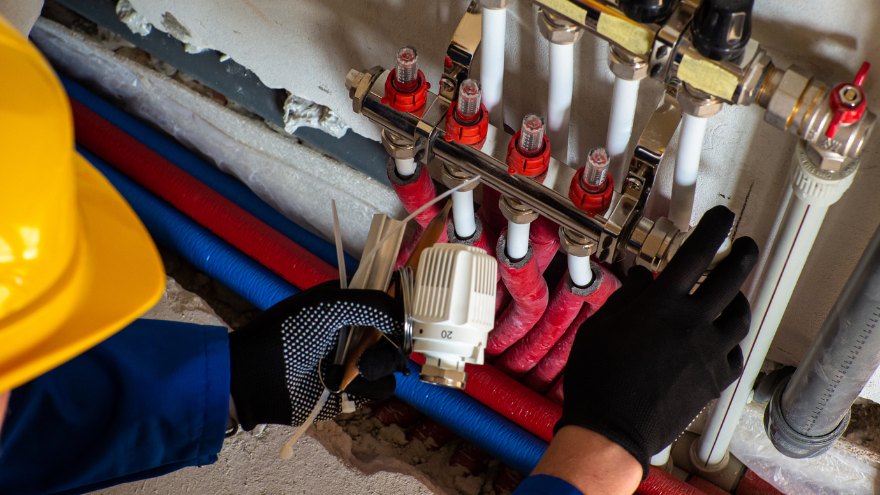
Check out the heating regulators at the Onninen wholesaler
Proper thermal insulation for the base
Well-chosen thermal insulation of a building has a huge impact on the efficiency of the heating system. If it is not properly adapted to the values of the buildings, it can lead to significant heat losses, which in turn forces the heating system to work harder to maintain the desired temperature in the rooms. This results in higher energy consumption and, consequently, higher fees. When choosing thermal insulation, it is worth considering two types:
Since proper insulation not only reduces heat loss but also protects the installation from mechanical damage and moisture, it is important to familiarize yourself with the individual types. Properly selected insulation significantly extends its service life.
Adapting the heating system to the building
When choosing a heating system, the specifics of a given building should be taken into account. Depending on whether the building is new or old, different systems will be recommended for them.
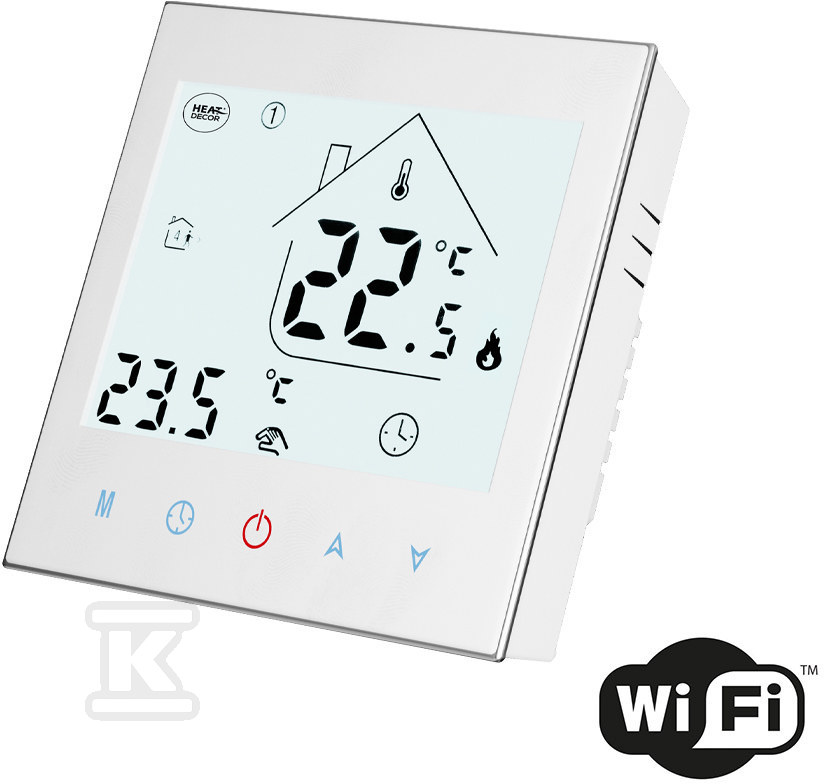 In older buildings, where insulation may be poorer, it may be necessary to use more efficient systems or completely upgrade existing installations.
In older buildings, where insulation may be poorer, it may be necessary to use more efficient systems or completely upgrade existing installations.
For example, air-to-water heat pumps work best in temperate climates. In regions with long, cold winters, ground-source heat pumps will be more effective because they draw heat from the ground.
Check out the heating regulators at the Onninen wholesaler
Heating system design tailored to the needs of the building
The design of the heating system should be well thought out and adapted to the specific conditions in the building and the needs of its residents. It is worth considering not only the heated area, but also how the rooms are arranged and what their purpose is. A different temperature will be desired in the bathroom and in the kitchen, so this is especially important in the early stages.
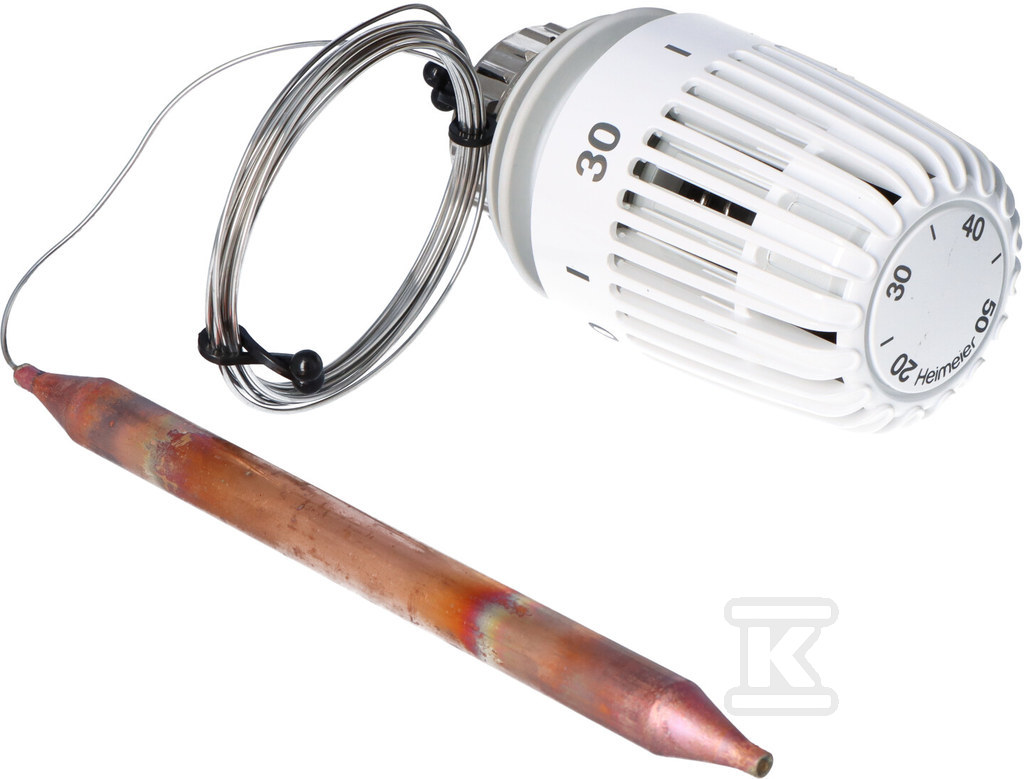 Another important element of each installation is properly selected materials, i.e. pipe insulation , which helps to minimize heat loss and increases the efficiency of the heating system.
Another important element of each installation is properly selected materials, i.e. pipe insulation , which helps to minimize heat loss and increases the efficiency of the heating system.
However, in places with increased humidity or requiring additional protection against frost, it is worth using internal heating cables and external heating cables , which support the operation of heating systems and ensure that they constantly maintain an optimal temperature.
When designing and installing a heating system, remember that too much system power can lead to a decrease in efficiency and unnecessary energy consumption. On the other hand, too little system power will not provide adequate thermal comfort. It can also lead to overheating of devices and increased repair and operating costs of the device.
Modern heating control systems
New technologies play a major role in all areas of human life, including the management of heating systems. Thanks to advanced control systems, such as programmable thermostats or intelligent building management systems, it is possible to precisely control the temperature in rooms, adjusting it to the rhythm of life of household members, their individual needs or weather conditions. This is a convenience and comfort in everyday life.
When modernizing a building, it is worth paying attention to the Heat Decor wireless programmable thermostat with Wi-Fi function T1000.WIFI.W . Its system allows remote control of heating using an application on a smartphone or tablet, thanks to which it is possible to optimize energy consumption.
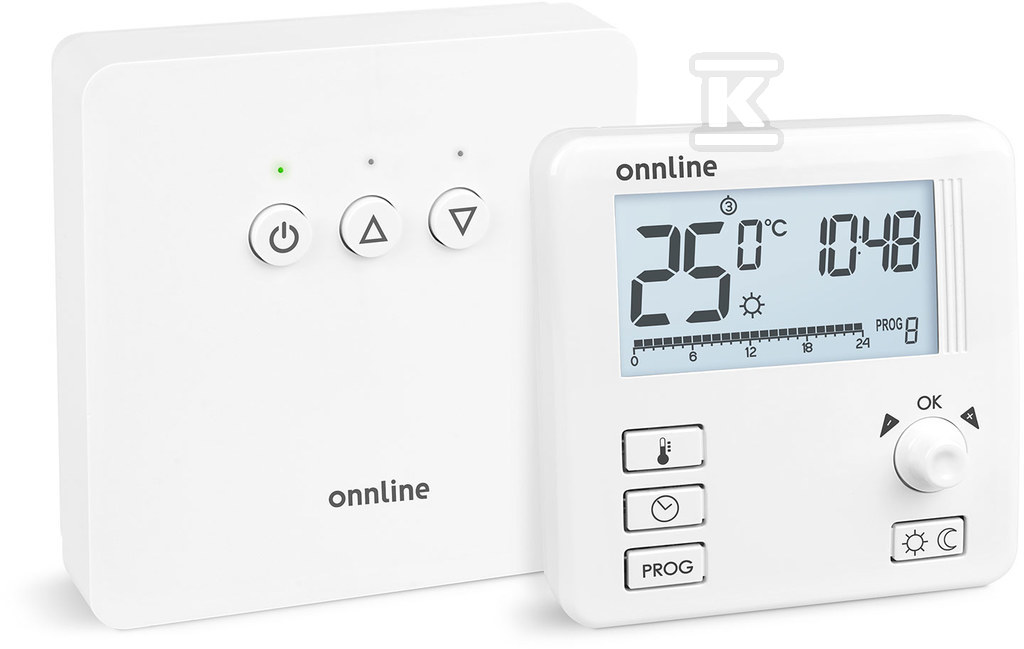 Another example of a modern solution is the IMI Heimeier thermostatic head with a spiral spring/20-50°C/2m 6402-00.500 , which provides full control over the room temperature, which allows for greater comfort of use.
Another example of a modern solution is the IMI Heimeier thermostatic head with a spiral spring/20-50°C/2m 6402-00.500 , which provides full control over the room temperature, which allows for greater comfort of use.
When shopping, it is worth getting acquainted with the Onnline 3021Rt-Onn Wireless Programmable AURON3021RT00 temperature controller , which is characterized by extraordinary precision of operation and intuitive operation, making it an ideal choice for use in modern heating installations.
The efficiency of the heating system depends on many factors. They should be taken into account already at the planning stage and then at the implementation stage of the heating system. Regardless of whether it is a new house or a modernized existing installation, it is worth investing in proven solutions that will provide thermal comfort to residents and financial savings for many years.
Optimizing the efficiency of heat pumps in central heating systems
An increasingly popular solution in modern heating installations is a heat pump. When deciding on a heat pump, it is worth paying attention to several key aspects that affect its efficiency. The efficiency of a heat pump is closely related to the correct selection of its power to the needs of the building and the quality of the central heating installation.
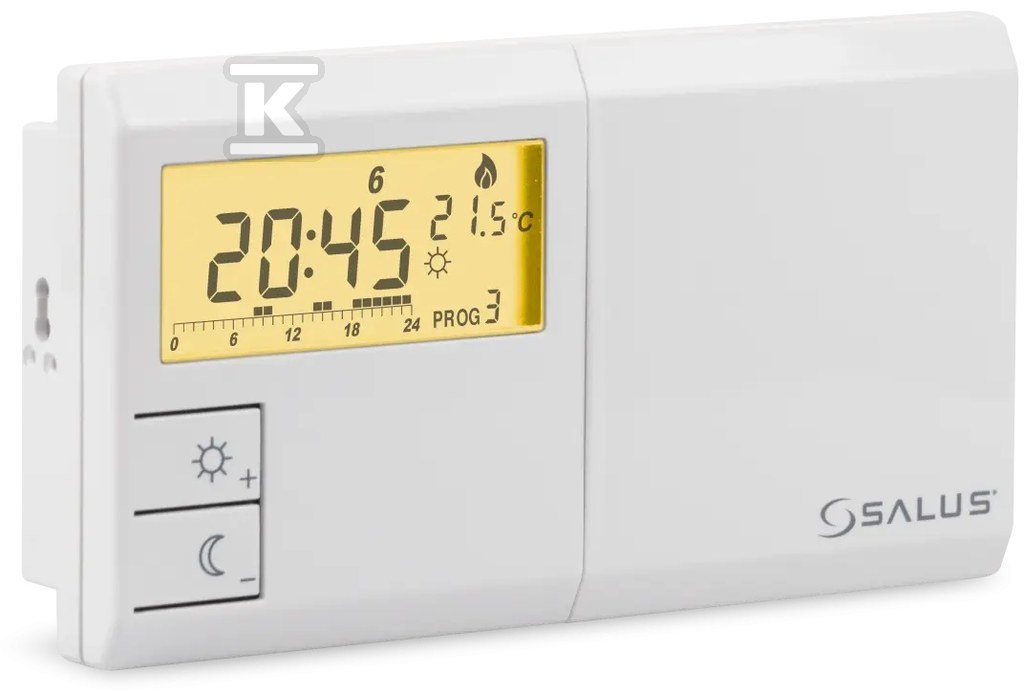 Therefore, heat exchangers play an important role here, the efficiency of which directly translates into the heat pump's coefficient of performance. The energy efficiency of heat pumps can be significantly improved through regular servicing and proper maintenance, which helps avoid a decline in heat pump efficiency in the long term.
Therefore, heat exchangers play an important role here, the efficiency of which directly translates into the heat pump's coefficient of performance. The energy efficiency of heat pumps can be significantly improved through regular servicing and proper maintenance, which helps avoid a decline in heat pump efficiency in the long term.
When designing a heating system, the required heat source power must be precisely calculated to ensure optimal operation of the device. The economic efficiency of a heat pump depends not only on the device itself, but also on the quality of the central heating installation it works with. To increase the efficiency of the heat pump, it is worth considering the use of additional solutions, such as heat buffers or energy management systems. The source of power for the heat pump is also important - hybrid solutions are increasingly used here, combining a heat pump with a photovoltaic installation, which additionally increases the efficiency of the entire heating system.